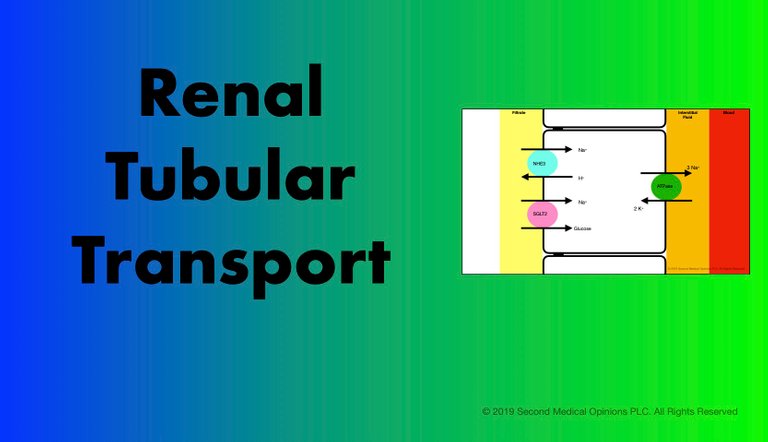Renal Tubular Transport #1. S1 Segment, Proximal Tubule. Sodium Transport 1 (Sodium/Hydrogen Ion Transport) (2nd Edition)

This is the second edition of the Renal Tubular Transport #1. S1 Segment, Proximal Tubule. Sodium Transport 1 (Sodium/Hydrogen Ion Transport) Click here for the 1st Edition. I have added a reference and information regarding the relative importance of the different sodium transporters in relation to the one mediated by the NHE3 antiporter
From all the filtered sodium, about 65% is reabsorbed in the proximal tubule. The engine of this is the Na/K ATPase at the basolateral membrane of the tubular cell. This is an active transport that requires energy. This ATPase creates the electrochemical gradient that powers the transport through transporters in the apical membrane (where the brush border is), solvent drag and paracellular transport.
Of all the sodium which is reabsorbed, 25% is done by NHE3, 5% in cotransport with glucose, 2% in cotransport with amino acids, 1% with carboxylic acids and 66% is done by paracellular transport, mainly by solvent drag. Of all the sodium that enters the S1 segment cells, about 75% is transported from the S1 cells into the interstitial space by the Na-K ATPase at the basolateral side and the rest is transported via the basolateral 3HCO3-Na cotransport
Here, we show the following, present in the apical membrane of the S1 segment of the proximal tubule.
- The NHE3 antiporter, which exchanges 1 hydrogen ion for a sodium ion
